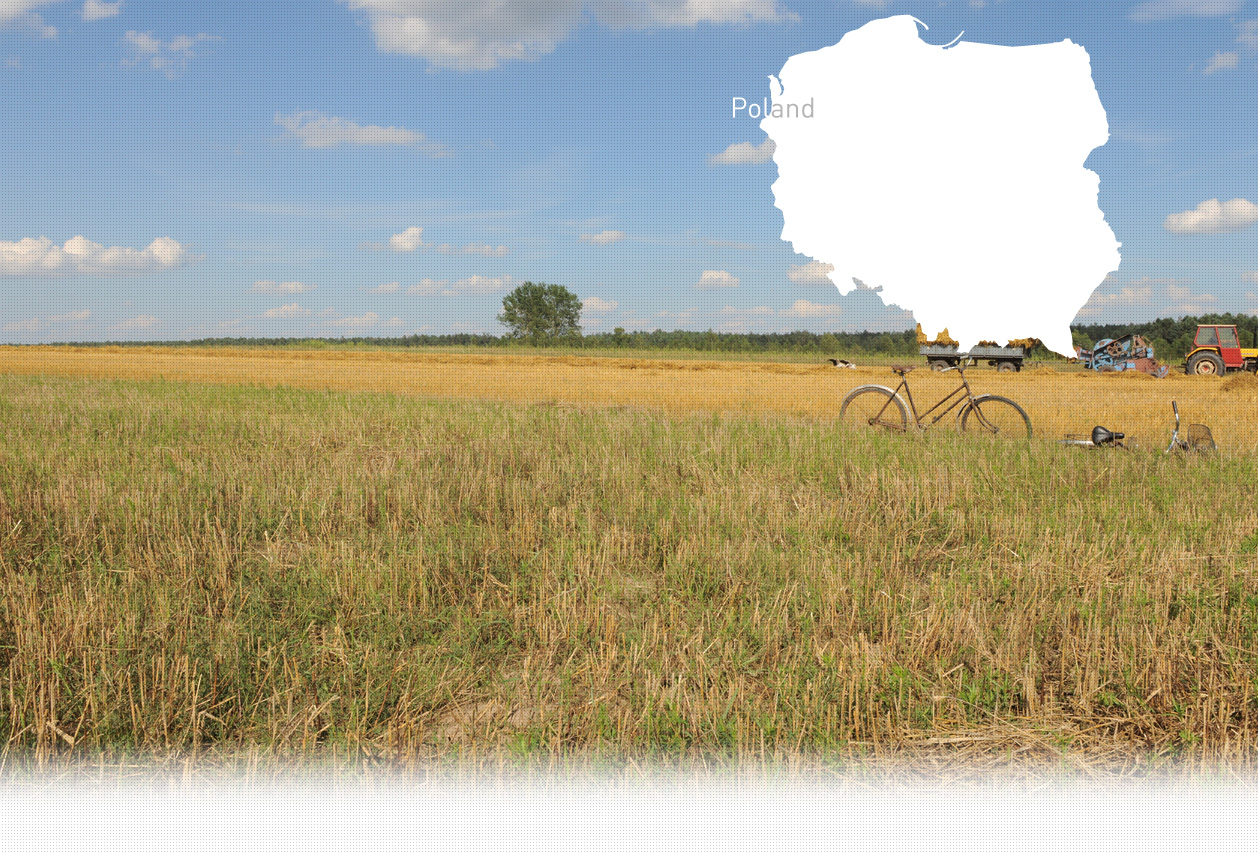

1 Killing site(s)
Karol S., born in 1934: “Before the war, almost a half of the village’s population was Jewish. Most of the Jews lived near the marketplace, but in other parts of the village as well. My brother had a Jewish friend called Franek. He came to our house to play. The young Jew’s parents were shopkeepers. The Jews had stores, and one family had a store where you could buy herring. There was also a Jew who was a dyer. The Jews were very good merchants and bought everything they could. There was a lot of wool at that time, so the Jews wove wool, while a Polish women crocheted. There was a Jewish cemetery where everything was written in Hebrew and a mikveh by the river. There was a stone synagogue in the marketplace, which was only accessible to men. There was a rabbi in Gowarczów who had many children. Where the bank is now, there was a Jewish school. Before the occupation, Jewish and Polish children went to school together. When the Polish school was burned down, my future wife went to the Jewish school because there was no school for the Poles. The Jews spoke in Polish but also in their own Jewish language. The Poles were not always nice to the Jews, but some were good friends.” (Witness N°1342P, interviewed in Gowarczów, on August 19, 2022)
Gowarczów is a village in Końskie County, Świętokrzyskie Voivodeship, in south-central Poland. It is the seat of the administrative district of Gmina Gowarczów. It lies in historic Lesser Poland, approximately 9 km (6 mi) north of Końskie and 46 km (29 mi) north of the regional capital Kielce. In the Middle Ages, the local Jewish community was one of the largest in Malopolska. In the 17th century it had a synagogue, a cheder, a mikvah and a cemetery located on the road to Rogówek. According to the 1921 census, 508 Jews lived in the village, making up 34% of the total population.. Jews had lived in the village for centuries and played an essential role in its economic and cultural life. They worked as traders, craftsmen, and artisans, and their contribution to the town’s development was significant. According to Yahad witness Helena T., born in 1928, before the war there were no Polish stores, all the stores were Jewish. There was a brick synagogue on the market square, as well as a Jewish school. But according to Karol S., born in 1934, Jewish and non-Jewish children went to the same school. During the German occupation, the local community grew from 450 people in 1939 to about 1,000 in 1942 due to the influx of refugees from other localities.
German troops occupied Gowarczów in September 1939. They settled in Końskie, about 10 km from Gowarczów. At the beginning of the war, Jews could still work but could not leave the village. They had to wear armbands bearing a yellow Star of David. They were also subjected to the forced labor, like bridge construction on the nearby river. Thanks to the Yahad investigation in Gowarczów, our team managed to learn about the deportation of the local Jewish community in November 1942. During this Aktion, the Germans arrived from Końskie in cars looking for the Jews. All the streets were blocked so that no one could run away. Every local fireman was requisitioned that day. They went into Jewish homes, told the Jews to take what they could and took them to the market square for the round-up. The Germans had rounded up the Jews from other villages one or two weeks before. The Jews from these villages moved into the homes of Jews from Gowarczów where they lived until the general round-up. At the gathering point, children, women and the elderly were separated from the men. From the market square, the selected Jews were brought on foot and on requisitioned carts, mainly elderly Jews, and children, to Końskie. According to Yahad witness Helena T., born in 1928, Jews from the column who refused to or could not walk were shot on the spot. Others were taken to the train station in Końskie, from where they were deported to the Treblinka extermination camp on November 3, 1942. Jews who managed to hide and avoid the deportation were hunted down by the Germans and their collaborators and killed.
Do you have additional information regarding a village that you would like to share with Yahad ?
Please contact us at contact@yahadinunum.org
or by calling Yahad – In Unum at +33 (0) 1 53 20 13 17